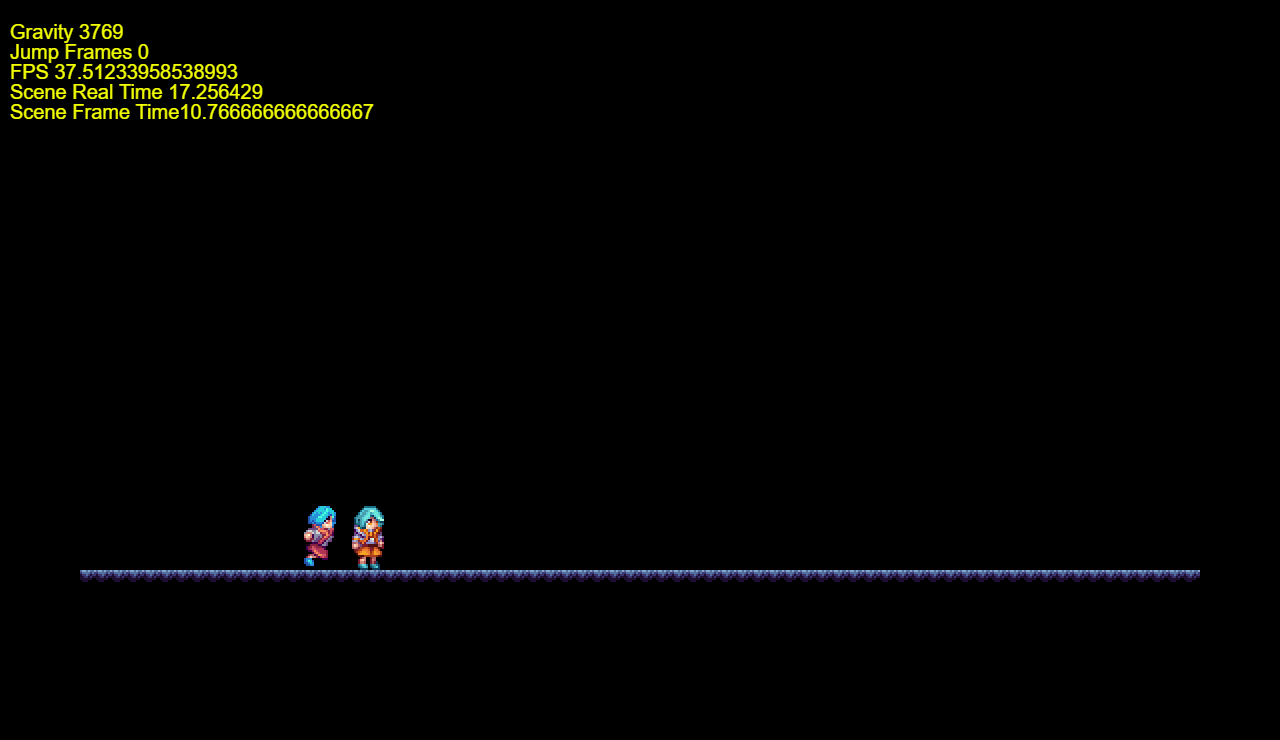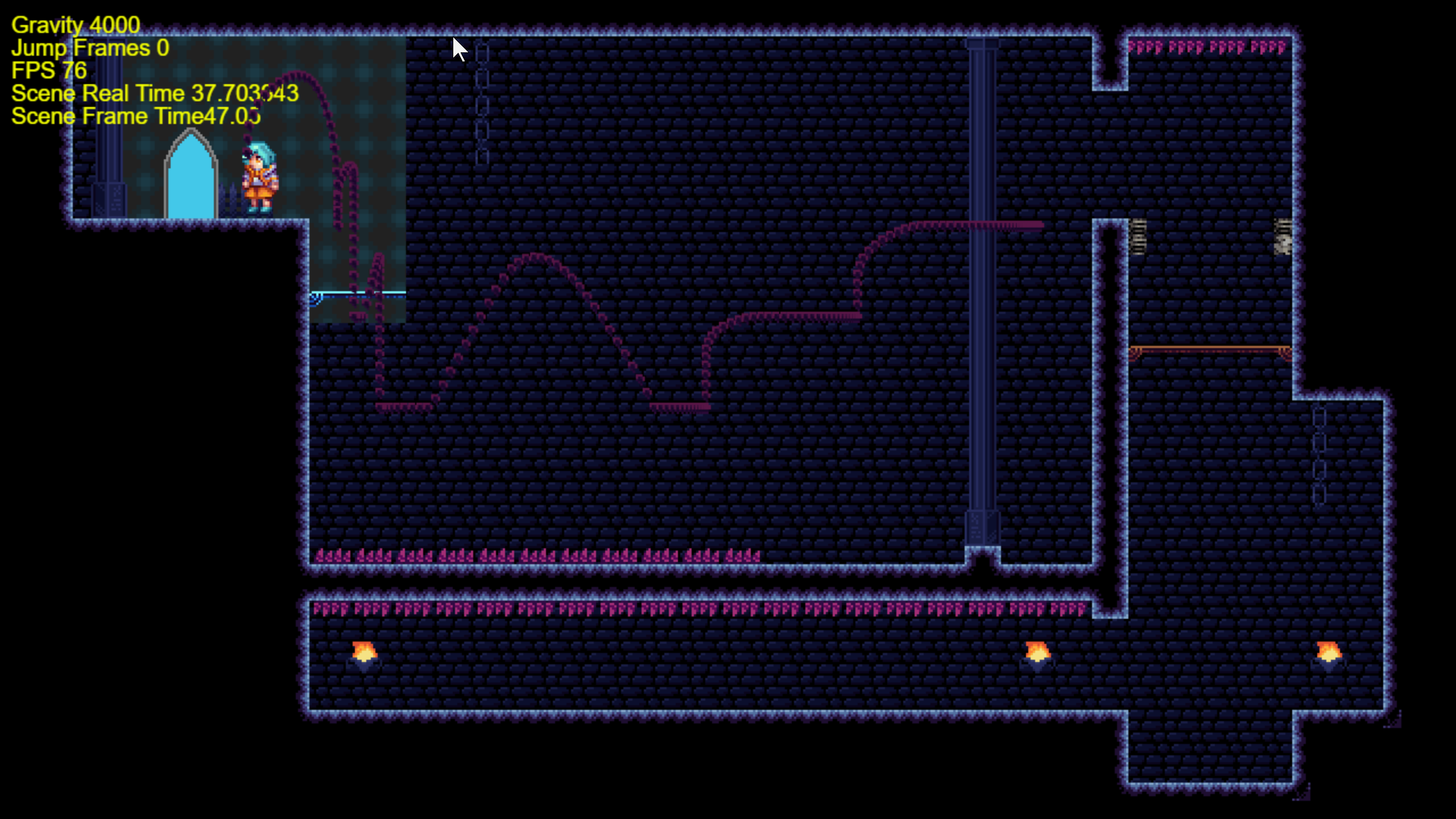Lots of light being brought to the conversation with these tests.
I understand that timer, DeltaTime() and frame count must have their moments to shine. Depends on the context.
Talking about the game with music sync, I'll still try, it won't be a very high rhythmic precision game. At the moment the thing is well connected to the timers (with BPM calculation and other details), so either with frame count or TimeDelta(), in order not to have to do a big rework, I'm going to use them as a second layer of confirmation of the events. It's something I'll think about later.
"Could you clarify what "deactivate the prices" refers to?"
Haha I'm sorry! Small mistake I missed after my review with the translation tool. The correct sentence will be
"My strategy for the spikes was to select the closest one (this one I had to deactivate in a hurry [near the end of the jam], because it was generating bugs) and turn them into tiles (they were animated sprites)."
And now, about: "I was very surprised that "Distance Below" is almost identical to not culling at all. I speculate that the collision algorithm already uses a similar distance calculation to "Distance Below""
I was as surprised as you are, and I believe in the same hypothesis you raised. Anyway, this test project was awesome, and now I'll be a follower of box method supremacy! haha
In the end, each strategy works well in specific cases.
Now, after doing some testing on the project...
First, I decided to do the jump smoothing using frame count instead of timers. The result started to look nice, but I still had problems with timing, when reviewing I remembered that the jump sustain time is measured in seconds (i.e., in fact, the platformer behavior has at least one timer running with it, solve turn it off and do a manual air control by frames).
However, I was a bit apprehensive, I started to print the frame count on the screen with the jump button pressed and to reach 60, it was taking more than a second.
I improved some events using the debugger tool (very nice tool!) but nothing particularly heavy, rendering and pre-events were still the biggest performance drains, but again, nothing serious.
So I decided to print other information, including FPS (using the extension), FPS which is constantly at 37 frames, and that's when things start to get even weirder...
Not understanding what could be draining so much performance, I did something extreme, turned off all events and deleted almost all objects from the scene, leaving only the character and the ground, the result:

As if everything wasn't confusing enough, I changed the FPS cap from 60 to 0 (unlimited) and at that point, my game went to 69~76 FPS in a regular scene.

I went back to 60fps, went to a blank scene, just copied the value printing events, and the result?

* "Scene Real Time" is the scene time counter.
** "Scene Frame Time" is a count of every frame/60.
I'm going to take a break from testing now and I'll come back to it later, but I don't know if there's anything else to be done. As soon as I had the first case of slowness a few days ago, I cleaned all Windows background processes leaving only the OS excencials and it didn't solve it. Detail, other games run here normally, even some 3D ones that require more GPU.
The mystery continues...
Thanks for another great reply :)

